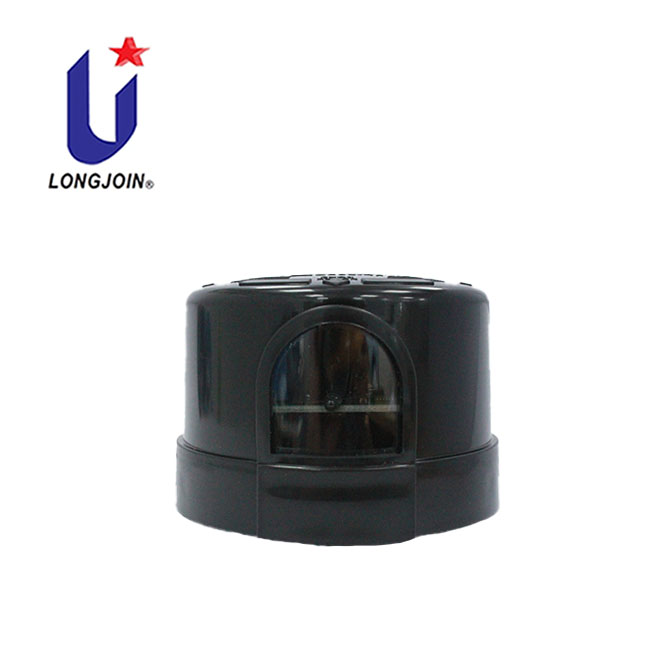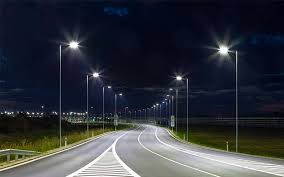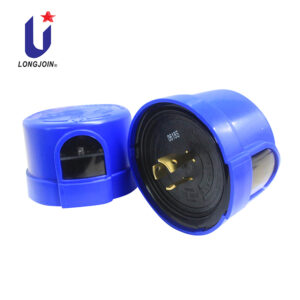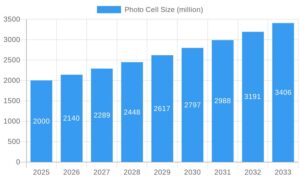Innovation and Energy Savings: Exploring Intelligent Controls and Energy-Efficient Technologies in Modern Roadway Lighting Design
Introduction
Roadway lighting is important for urban safety. It protects drivers and pedestrians. However, it consumes a lot of energy. Many cities see street lighting as a major part of their energy bill. Finding ways to save energy is essential. This article explores methods and technologies to make roadway lighting more efficient. Intelligent light controls, including photocell technology and high-efficiency light sources offer great potential for energy savings.
Lighting Standards Establishment
Establishing reasonable lighting standards is vital. These standards help determine the right level of illumination for various roads. Too much light wastes energy. Too little light can compromise safety. Proper standards optimize energy use.

Why Standards Matter
Standards ensure uniformity across different areas. They help cities check energy consumption. This simplifies design and implementation. By using effective standards, cities can significantly reduce energy consumption.
Comparative Analysis
A comparative analysis of design proposals shows that using proper standards can save energy. For instance, LED streetlights paired with appropriate lighting levels consume less energy. than older technologies.
High-Efficiency Light Sources and Luminaires
Switching to high-efficiency light sources is another effective way to save energy. LEDs are more energy-efficient than traditional bulbs. They consume less power while providing better illumination.
Benefits of LED Lights
LED lights last longer and use less energy. Their adoption greatly reduces urban energy consumption. They have become the standard choice for street lighting.

Importance of Luminaire Design
Luminaires also play a key role. Modern designs minimize light loss. They direct more light where it’s needed. By optimizing luminaire design, cities can save more energy.
Intelligent Control Technology
Intelligent control systems are changing roadway lighting. These systems automatically adjust brightness based on real-time conditions. For example, they can dim lights during low-traffic periods and increase brightness when needed.
In road lighting, there are intelligent light controllers like photocells and photocontrol devices. These adjust the brightness of street lights by sensing the intensity of ambient light. They ensure adequate illumination at night or in low-light conditions. They also turn off or dim lights during the day or when there’s sufficient light. This process achieves significant energy savings.
Longjoin brand intelligent street light controllers excel in this area. Their products not only have high sensitivity and fast response times but also boast powerful network connectivity. This allows for remote control and monitoring, making urban lighting management much easier.
Key Features of Longjoin Products
- High Sensitivity: Longjoin controllers respond quickly to light changes. This ensures optimal performance.
- Remote Control: Users can manage lighting from anywhere. This feature enhances convenience and efficiency.
For example, Longjoin’s JL-245CG NEMA interface rotating lock type smart light controller uses LTE CAT1 communication. It supports universal access and external SIM cards, allowing operators to choose the right network for specific projects. In addition to remote real-time control, this photocell also supports self-sensing control, making it highly intelligent. The JL-245CG also features IP67 protection and surge protection, making it durable in harsh environments.

Another product, the JL-721NP Zhaga Book-18 buckle type controller, uses NB-IOT communication and supports external SIM cards. It features high-performance positioning and DALI2.0 dimming, offering precise lighting control. With IP66 protection, it’s built to last in tough conditions. Longjoin also offers a variety of products for different scenarios, including the JL-712G3L Zhaga controller, which uses both light and microwave sensing for coordinated device work. These innovations allow for smarter and greener lighting solutions in urban areas.
In summary, Longjoin’s intelligent light controllers provide energy savings through remote control, self-sensing technology, and robust designs. These features, including the use of photocells, make them ideal for achieving smart, energy-efficient street lighting.
Power Factor Improvement
Improving the power factor reduces electrical energy waste. A poor power factor causes energy loss in the form of heat. By improving it, cities can cut down on unnecessary energy use.
Power Factor Correction
Power factor correction devices ensure that the energy consumed by lighting systems is used efficiently. This contributes to lower energy bills and better system performance.
By balancing the energy flow between the light source and the power grid, power factor correction minimizes energy loss. It is a simple yet effective way to reduce waste.
Maintenance and Management
Regular maintenance is crucial for keeping roadway lighting systems efficient. Over time, lights can degrade, causing them to use more energy. A solid maintenance plan makes sure that all components are working at their best.
Preventive Maintenance
Scheduled maintenance checks can prevent unexpected failures. This helps cities avoid higher costs associated with emergency repairs. Preventive maintenance makes sure that issues are identified beforehand. This helps prevent any significant energy waste. It also extends the lifespan of lighting systems, reducing the need for replacements.

Case Study: Practical Energy Savings
A real-world case study highlights the benefits of energy-saving measures. In a mid-sized city, the local government replaced old street lights with energy-efficient LEDs. They also installed intelligent light controllers, including photocells. This allowed automatic adjustment of the brightness based on traffic conditions.
As a result, the city saw a 40% reduction in energy consumption. Maintenance costs were also lowered thanks to the long-lasting nature of the new lights. This case shows how adopting new technologies can lead to real, measurable savings.
Wrap Up
Modern roadway lighting design offers many opportunities for energy savings.It is important to use high-efficiency light sources and implement intelligent control systems like photocells. Power factor should also be improved. This helps cities greatly reduce their energy consumption.
Longjoin’s intelligent light controllers play a pivotal role in this transformation. Their features like remote control, self-sensing technology, and robust construction are useful. They help cities achieve smart, energy-efficient lighting systems. By combining these technologies with regular maintenance, cities can ensure that their roadway lighting is not only energy-efficient but also reliable for years to come.
External Link
https://en.wikipedia.org/wiki/Light-emitting_diode





